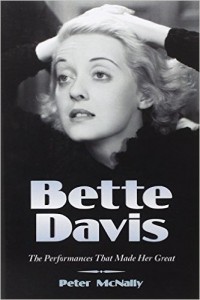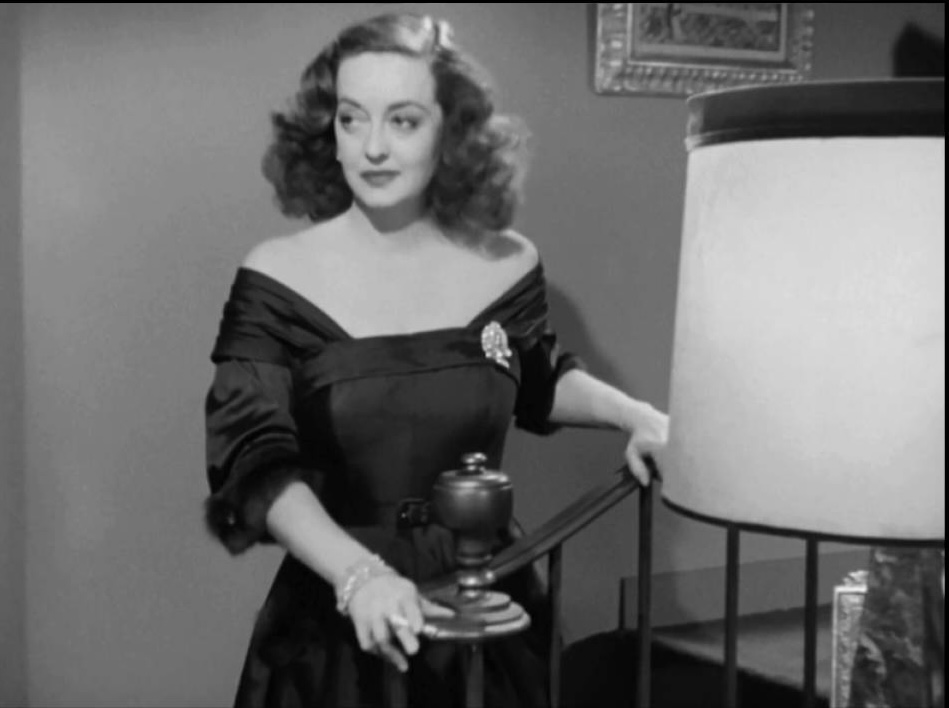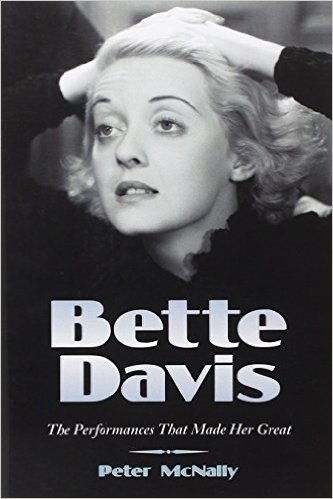 Bette Davis: The Performances That Made Her Great
Bette Davis: The Performances That Made Her Great
by Peter McNally
McFarland & Co. 253 pages, $35.
IN LIGHT OF the myriad books about Bette Davis that are out there, one might question the need for another look at the grande dame of the big screen and her body of work. But author Peter McNally would rightly disagree, having written an exhaustive and even original book about the legendary actress’s most memorable turns. McNally’s method is to cull various critical responses to a given movie and then mesh them with his own analysis. In addition to the most famous films—All About Eve, The Letter, Little Foxes, Jezebel, and What Ever Happened to Baby Jane?—McNally covers the other important movies at length and some of the lesser works as well.
At the same time, McNally keeps his analyses simple and to the point. This book does not approach an academic study, and there’s little mention of the more heady analyses of critics such as Richard Dyer, who explored the mechanics of creating a screen persona, or Carole Zucker, an authority on the creative art of acting. Instead, McNally’s book reads more like the enthusiastic film diary of a hardcore Davis fan (not that there’s anything wrong with that).
At times, his statements veer a bit too close to the obvious or even the tautological, as in: “An actor’s greatness is measured by his or her greatest achievements.” But he also provides a wealth of information for those of us who continue to regard Davis as a captivating screen presence and those who find her own off-screen existence equally fascinating, however sad. McNally concedes that her commitment to the craft of acting had ramifications for her messy personal life, notably her inability to keep a husband for very long.

The obligatory chapter on What Ever Happened to Baby Jane? offers a good case in point for the book as a whole. There are some great biographical details here, ones I didn’t know about before. Davis took the role after a particularly contentious appearance on Broadway in Tennessee Williams’ The Night of the Iguana, in which she had a supporting role and clashed repeatedly with the director and cast. She had become an outcast, and even had the director legally prohibited from entering the theatre before the show opened. She left the show earlier than expected (Shelley Winters replaced her) and was low on cash. She ran an ad in The Hollywood Reporter saying she was looking for work (but later reported that she’d done it as a joke). Baby Jane, of course, completely reinvented the aging star as a diva of gothic Guignol, putting her back on the box-office top ten list and leading to many other film roles.
And yet, here as elsewhere, McNally does not go into any discussion of the massive gay following this film has. There’s no discussion about why Baby Jane and the performances of Davis and co-star Joan Crawford touched such a collective nerve among gay male audience members. This lacuna, which is repeated for other gay favorites such as All About Eve, is a disappointing aspect of McNally’s otherwise rewarding book. Despite this shortcoming, Bette Davis: The Performances That Made Her Great remains a lively film biography and a necessary acquisition for diehard Davis fans.
Matthew Hays, author of The View from Here The View From Here (2007), teaches film studies and journalism at Concordia University in Montreal.






